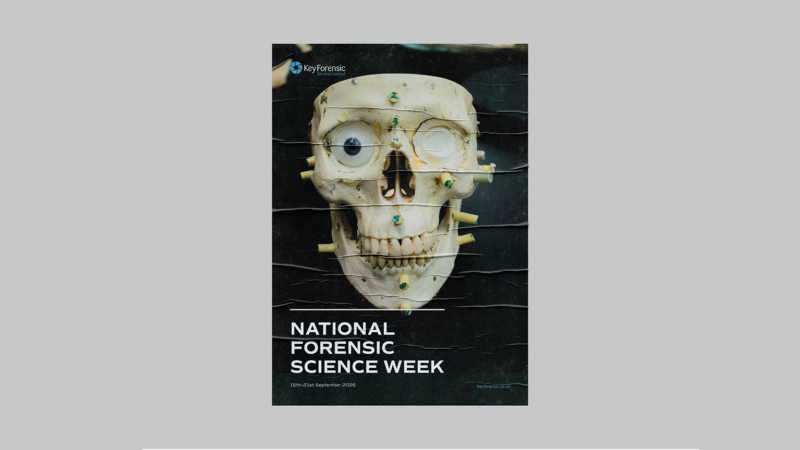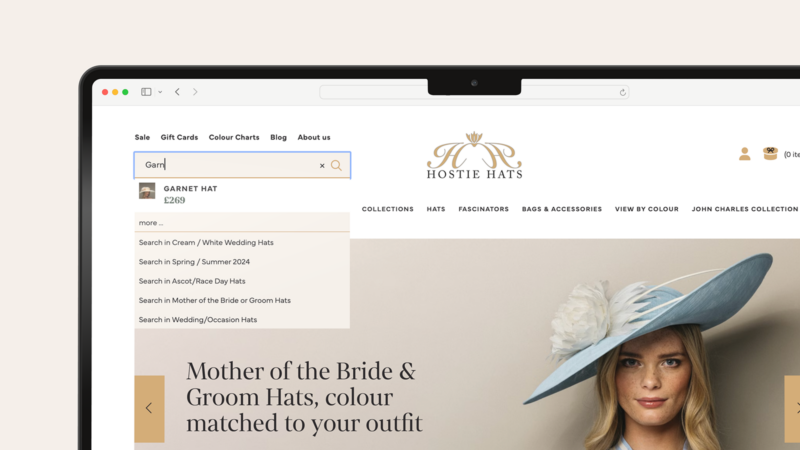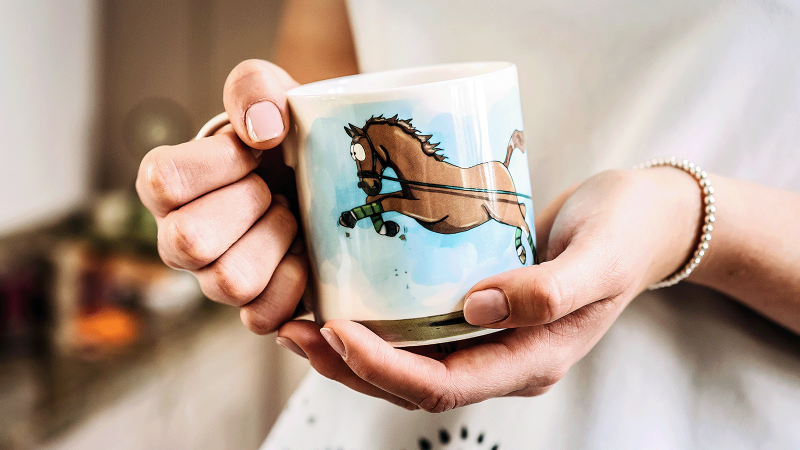
Continuing our brand strategy series of posts addressing brand architecture, we take a look at the house of brands model. The house of brands is the principal alternative to the branded house model.
The house of brands model has the parent brand in the background, sometimes almost to the point of being unknown, and focuses brand-building efforts on individual service or product brands.
The visibility of the parent brand does vary within this as, strategically, it can sometimes be beneficial for it to be known; mainly as an endorsement of quality or heritage, and sometimes it is more useful or relevant for it to take a back seat.
An example of a house of brands model is FMCG behemoth Unilever. The brands owned and operated by Unilever fall into various consumer goods categories and include household name brands such as Walls, Persil, Hellmann’s and Ben & Jerry’s.
You can use Unilever-owned products several times a day in various categories and not be aware of the parent brand without scrutinising the packaging carefully.
House of Brands brand strategy advantages
There are many advantages to the House of Brands brand architecture model, the primary one being flexibility. Many FMCG goods brands favour it as it allows them to occupy more market share by having several brands in the same category.
It also allows for the operation of brands with different positioning in the same category, such as a budget brand and a mid-market or high-end brand. Alternatively, similar products could focus on different attributes or market segments.
If one of the brands takes a turn for the worse, the fallout has a better chance of being contained within that one brand
Another significant benefit of the house of brands model is that they have some protection from each other in the case of adverse situations. If one of the brands takes a turn for the worse, the fallout has a better chance of being contained within that one brand.
Nestlé, for example, has attracted some broad and incredibly strong criticism (at the time of writing, Why Nestle is one of the most hated companies in the world is high on the first page of Google search results for the company’s name), yet Smarties and Quality Street feel distant from the furore and remain fondly regarded.
Disadvantages
The House of Brands brand strategy is resource-hungry. Each brand needs establishing in its own right and marketed more-or-less independently, which can be incredibly costly compared to the branded house model.
Related to this is also the risk of cannibalisation; launching and operating multiple brands in the same category can result in converting customers from an existing brand to your newly-launched brand. The overall market share of the parent brand, therefore, doesn’t increase, but it now has the additional liabilities of operating a new brand.
There is also just the sheer logistical workload of owning and operating multiple brands. If a company owns 400 product brands, there is some inevitability that they won’t all shine as brightly. Some will always get the lion’s share of attention and investment, which in turn becomes something of a self-fulfilling cycle as they continue to perform better.
While the limiting of potential negative overspill from one brand to another is an advantage, conversely it also restricts any possible positive association. The halo of one brand tends not to stretch around its stablemates.






